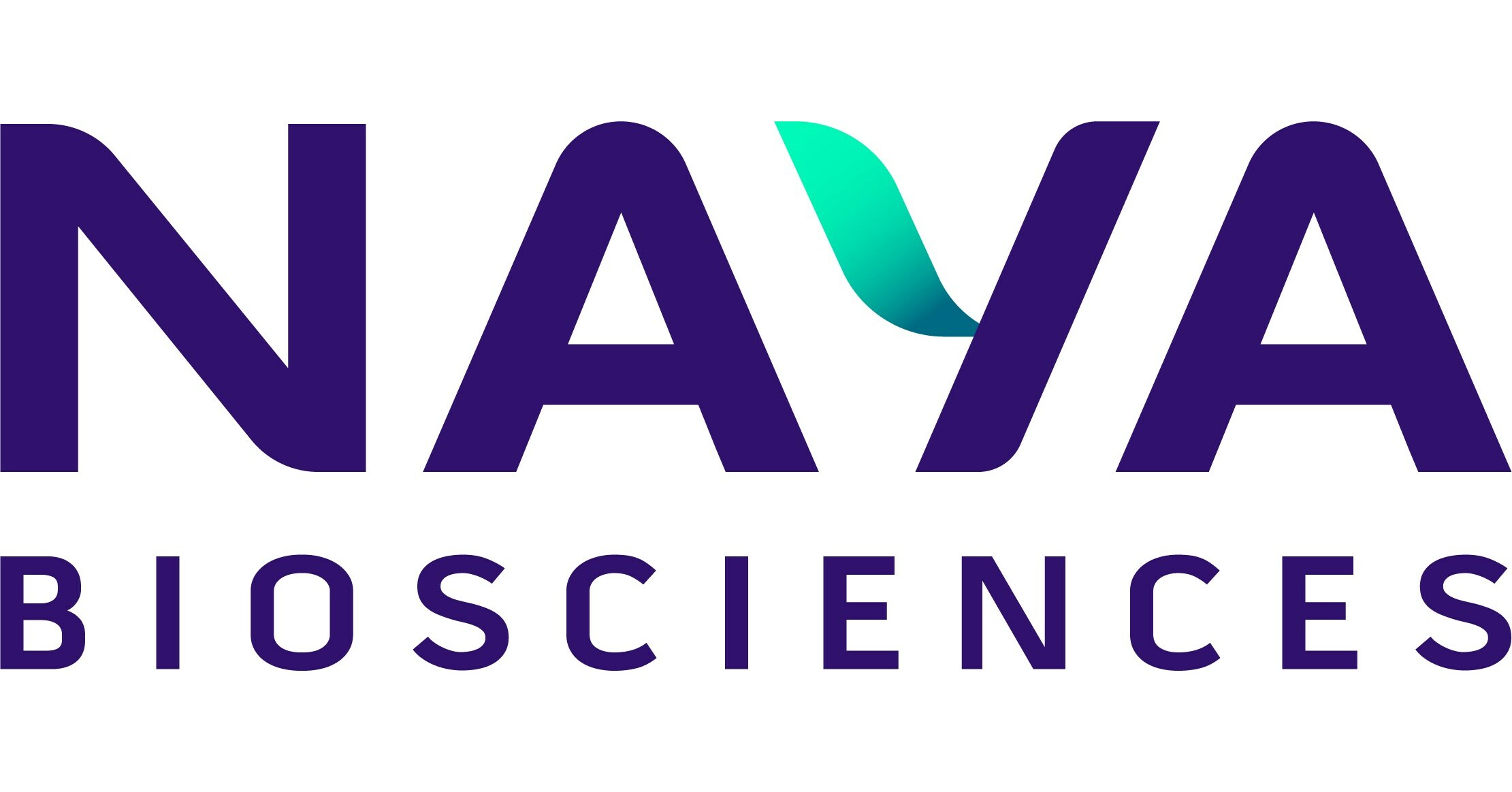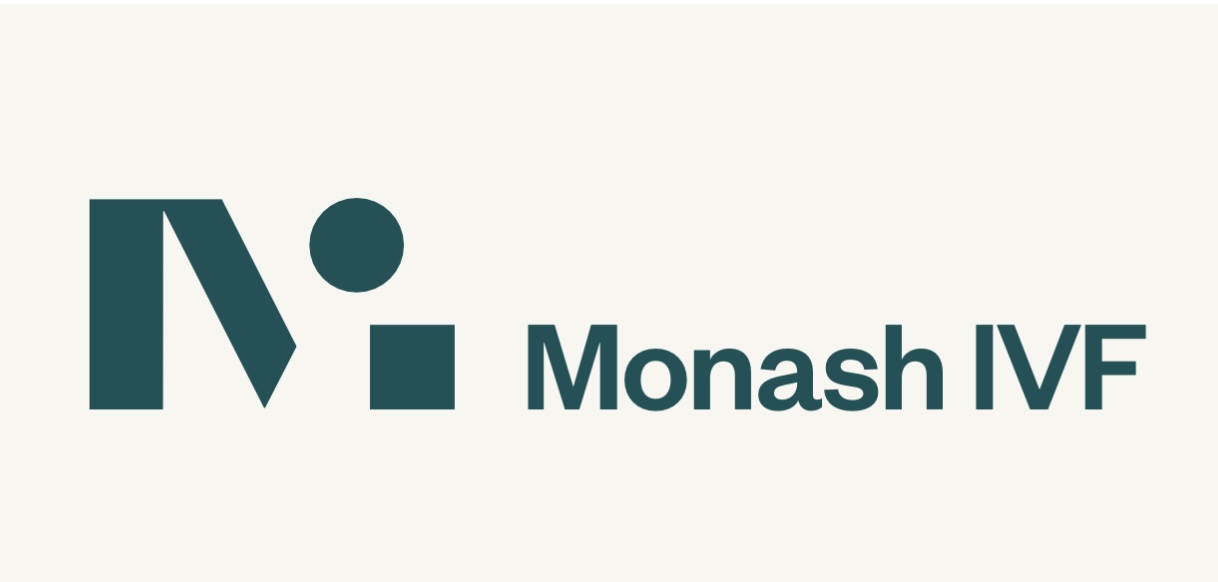Postpartum Back Pain: Quick Relief Tips for New Moms
Becoming a mom is one of the most incredible journeys, but let’s face it—postpartum recovery comes with its challenges. One common issue many new moms face is postpartum back pain. After carrying a baby for nine months, delivering, and now juggling the physical demands of caring for your little one, it’s no surprise that your back might be screaming for a little TLC.
But don’t worry—if you’re dealing with postpartum back pain, you’re not alone, and relief is possible. In this guide, we’ll break down what causes postpartum back pain, how to manage it, and, most importantly, how to get back to feeling your best while caring for your new bundle of joy.
What Causes Postpartum Back Pain?
Pregnancy-related back pain is very common. Your body goes through significant changes during those nine months, and the stress on your back doesn’t end after delivery. Here are some of the key factors that can lead to postpartum back pain:
1. Shifts in Your Center of Gravity:
During pregnancy, your body’s center of gravity changes to accommodate the growing baby. This can put additional strain on your lower back as your body adjusts. After delivery, it takes time for your posture and body alignment to return to normal.
2. Hormonal Changes:
The hormone relaxin, which helps to loosen your ligaments and joints during pregnancy, continues to affect your body postpartum. This can lead to instability in your spine and pelvis, making back pain more likely.
3. Weakened Core Muscles:
Your abdominal muscles, which play a crucial role in supporting your spine, become stretched and weakened during pregnancy. Without proper core strength, your back has to work overtime, leading to discomfort.
4. Breastfeeding and Holding Your Baby:
Whether you’re breastfeeding, bottle-feeding, or simply carrying your newborn around, the repetitive strain of holding your baby can lead to poor posture and back pain. Many new moms unconsciously hunch their shoulders or round their backs, which exacerbates the issue.
5. C-Section Recovery:
If you had a cesarean delivery, you’re likely dealing with additional challenges. The incision and surgery-related recovery can cause you to move in ways that strain your back. Plus, core muscles weakened by the procedure take time to rebuild.
Quick Relief Tips for Postpartum Back Pain
The good news is that with the right strategies, you can start feeling relief from postpartum back pain sooner than you think. Here are some actionable tips to ease your discomfort:
1. Focus on Your Posture
It might sound simple, but maintaining good posture can significantly reduce your back pain. Here’s how:
• While Standing: Stand tall with your shoulders back, and keep your feet about hip-width apart. Distribute your weight evenly on both feet.
• While Sitting: Keep your back straight and supported. If necessary, place a small pillow or rolled towel behind your lower back for added support. Avoid slumping, especially when feeding your baby.
• While Carrying Your Baby: Hold your baby close to your body, using both arms to support the weight evenly. A baby carrier can also help distribute the weight and reduce strain on your back.
2. Practice Gentle Stretching and Strengthening Exercises
Once your doctor clears you for exercise, incorporating gentle postpartum stretches and core-strengthening exercises can make a world of difference. Here are a few to try:
• Pelvic Tilts: Lie on your back with your knees bent. Tighten your abdominal muscles and press your lower back into the floor, then release. Repeat 10-15 times to help strengthen your core and lower back.
• Cat-Cow Stretch: Get on your hands and knees. Slowly arch your back upwards like a cat, then let it sink towards the floor as you lift your head and tailbone. This stretch is great for relieving tension in the spine.
• Bridge Pose: Lie on your back with your knees bent and feet flat on the floor. Lift your hips towards the ceiling while squeezing your glutes. Hold for a few seconds, then lower back down. This helps strengthen your core and glutes, which can support your lower back.
• Child’s Pose: This yoga pose is excellent for stretching your lower back. Kneel on the floor, sit back on your heels, and stretch your arms forward, lowering your chest to the ground.
3. Use Heat and Cold Therapy
For immediate pain relief, alternating between heat and cold can be very effective:
• Cold Packs: Use a cold pack (or even a bag of frozen veggies) on the painful area for 15-20 minutes to reduce inflammation and numb the pain.
• Heat Therapy: After 48 hours, switch to heat therapy. A heating pad or warm bath can help relax tight muscles and increase blood flow to the area, speeding up the healing process.
4. Invest in a Supportive Mattress and Pillow
Given how much time you spend sleeping (or trying to sleep!) during the postpartum period, having the right mattress and pillow is essential. A mattress that provides good spinal support and a pillow that aligns your neck and back can prevent further strain.
Consider using a pregnancy pillow or a body pillow even after delivery to support your back and help you find a comfortable sleeping position.
5. Try Postpartum Physical Therapy
If your back pain is persistent or severe, a physical therapist who specializes in postpartum recovery can create a customized program to help you strengthen weak muscles, improve posture, and manage pain. Physical therapy can be especially helpful if you’ve had a C-section or a complicated delivery.
6. Use a Baby Carrier
As mentioned earlier, holding your baby constantly can lead to poor posture and back strain. A well-designed baby carrier distributes your baby’s weight evenly, taking pressure off your back and making it easier to move around.
Look for a carrier that provides support for both your lower back and your baby’s weight, and make sure it’s adjusted properly to fit your body.
7. Mind Your Lifting Technique
Lifting your baby (or other objects) incorrectly is a major cause of postpartum back pain. To avoid injury:
• Bend your knees and squat down when picking something up.
• Keep your back straight and engage your core muscles.
• Hold the object (or your baby) close to your body, and avoid twisting while lifting.
8. Consider Massage Therapy
Postpartum massage therapy can be a lifesaver for new moms dealing with back pain. A skilled massage therapist can help release tension, reduce inflammation, and improve circulation. Plus, it’s a great way to take some time for yourself and relax—something every new mom deserves!
9. Stay Hydrated and Nourished
Your body is in recovery mode, and staying hydrated and properly nourished can support muscle function and overall recovery. Drinking plenty of water and eating a balanced diet rich in nutrients can help reduce inflammation and promote healing.
10. Get Enough Rest
This might be easier said than done with a newborn, but rest is crucial for recovery. Try to take short naps when your baby is sleeping and avoid overexerting yourself. Resting allows your body to heal and can prevent further injury to your back.
Final Thoughts
Postpartum back pain can be tough, but with the right approach, you can find relief and get back to enjoying this special time with your baby. Remember to listen to your body, take it slow, and implement these tips consistently. Whether it’s focusing on your posture, strengthening your core, or treating yourself to some much-needed self-care, every small step can make a big difference.
And most importantly, don’t hesitate to reach out to a healthcare professional if your back pain is severe or persistent. Your well-being matters—after all, a healthy mom is better equipped to take care of a healthy baby!











